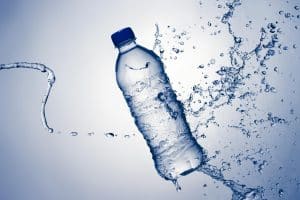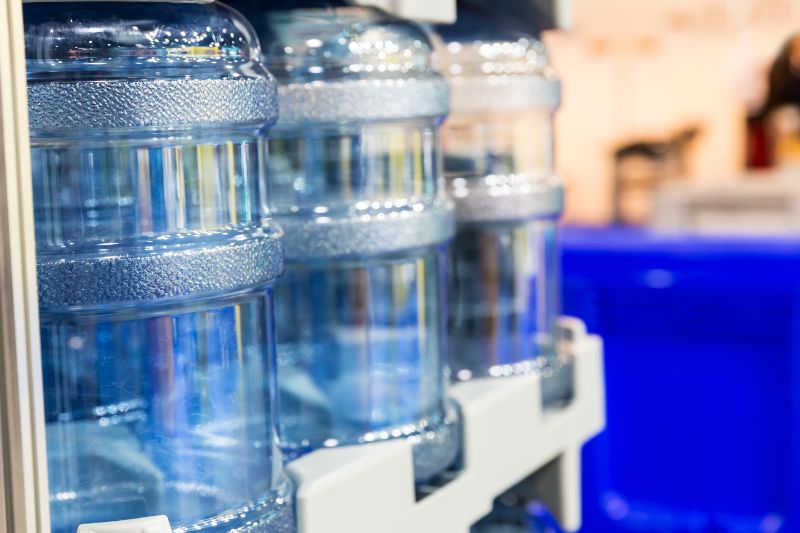When did bottled water become prevalent?
Bottled water has been around for centuries, but it wasn’t until a new bottle design made it more affordable and practical that it began to take off. That happened during the 19th century when technology changed the way water was bottled and sold.
(Looking for a “faucet water filtration system“? Contact us Today!)

It was also popular in the 1970s when serious marketing campaigns were launched to persuade consumers that bottled water was better than tap and made from more wholesome sources. Throughout the decade, several large companies battled for market share, including Nestle, Danone, and PepsiCo.
The bottled water industry experienced an inflection point when four major multinationals — Danone, Nestle, PepsiCo, and Coca-Cola – challenged each other for global leadership in the market. These players consolidated their position by increasing the proportion of bottled water in their portfolios.
By 2002, they controlled about 30% of the global bottled water market. However, the bottled water market in some countries remained fragmented and customer preferences differed across regions.
As a result, the global bottled water market was at a crossroads and had to decide whether it would continue to grow organically or be forced to go through a consolidation cycle.
Historically, bottled spring water has been a highly desired product. It was believed to be healthier and more refreshing than tap water, which many people didn’t like.
The industry also gained popularity in the 1800s because of its perceived health benefits. Some people believed that it could help with digestion, relieve headaches and improve skin complexion.
But the reality is that bottled water is not only unhealthy but has a huge impact on the environment as well. According to scientists, it takes 17 million barrels of oil to produce all the bottles we use yearly!
In addition, there’s a lot of waste involved with the manufacture and transport of bottled water. That’s why it’s important to recycle or reuse as much as possible.
As the world’s population continues to rise, demand for bottled water is expected to grow as consumers look for convenient and safe alternatives to tap water. In fact, the bottled water industry is forecast to grow at a rate of 8% over the next few years.
It’s also a lot cheaper than buying soda or juice. The average person drinks more than a liter of bottled water a day.
The bottled water industry has grown to be worth more than $40 billion each year and is still growing, according to the International Bottled Water Association. But the bottled water industry is also facing a public backlash that could make it difficult for companies to continue to thrive.
Some cities and towns have already banned single-use plastic water bottles. Others are working to promote tap water. And some universities are even banning the sale of bottled water. As a result, the bottled water industry could be facing a public backlash that’s as fierce as the one that forced the soda industry to change its business model.

